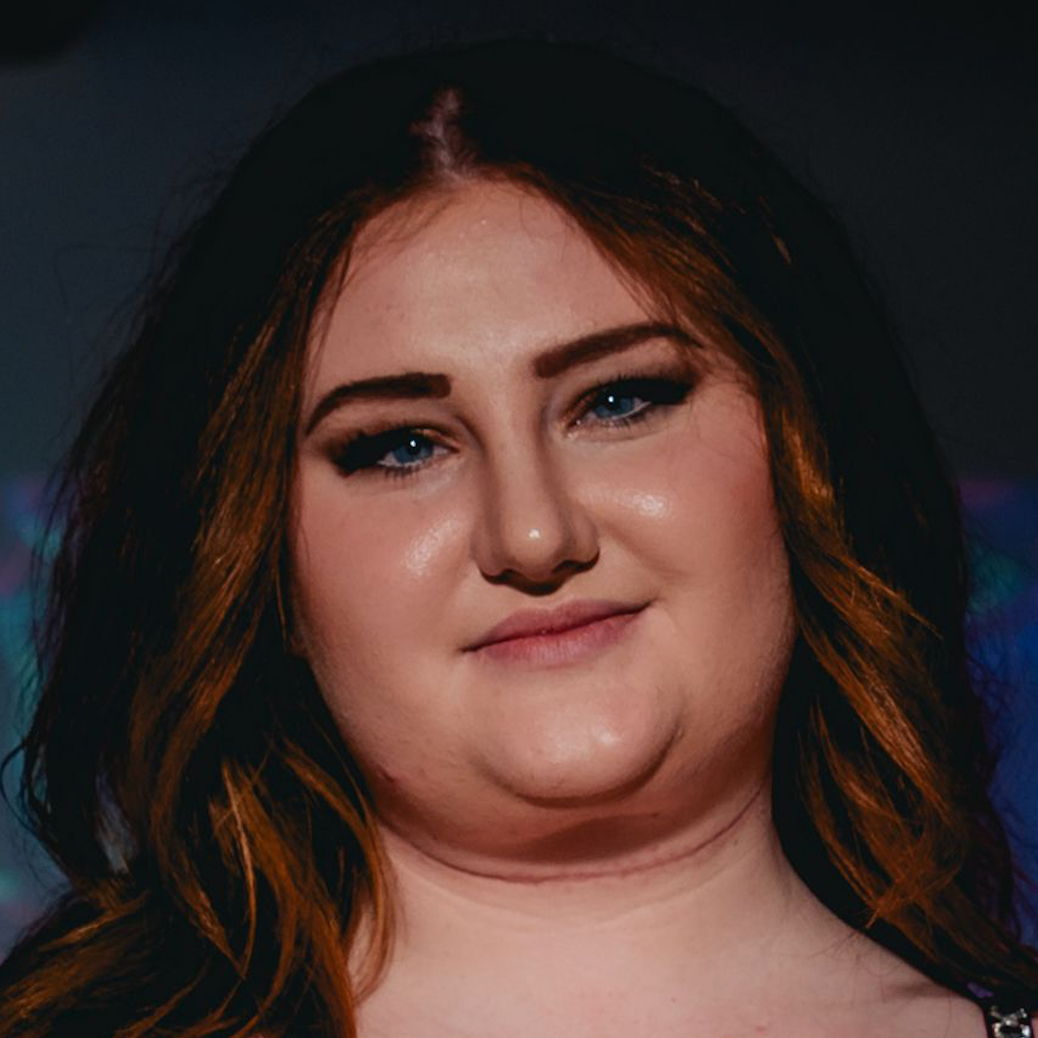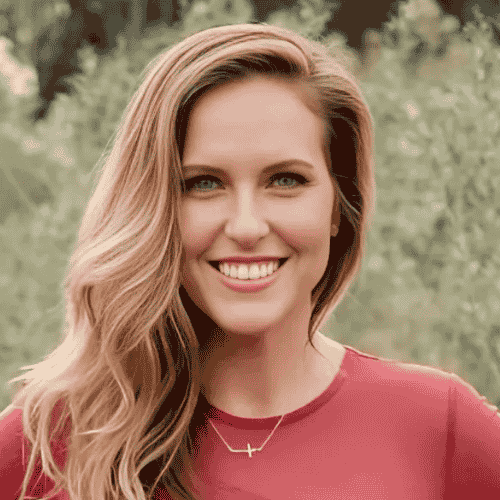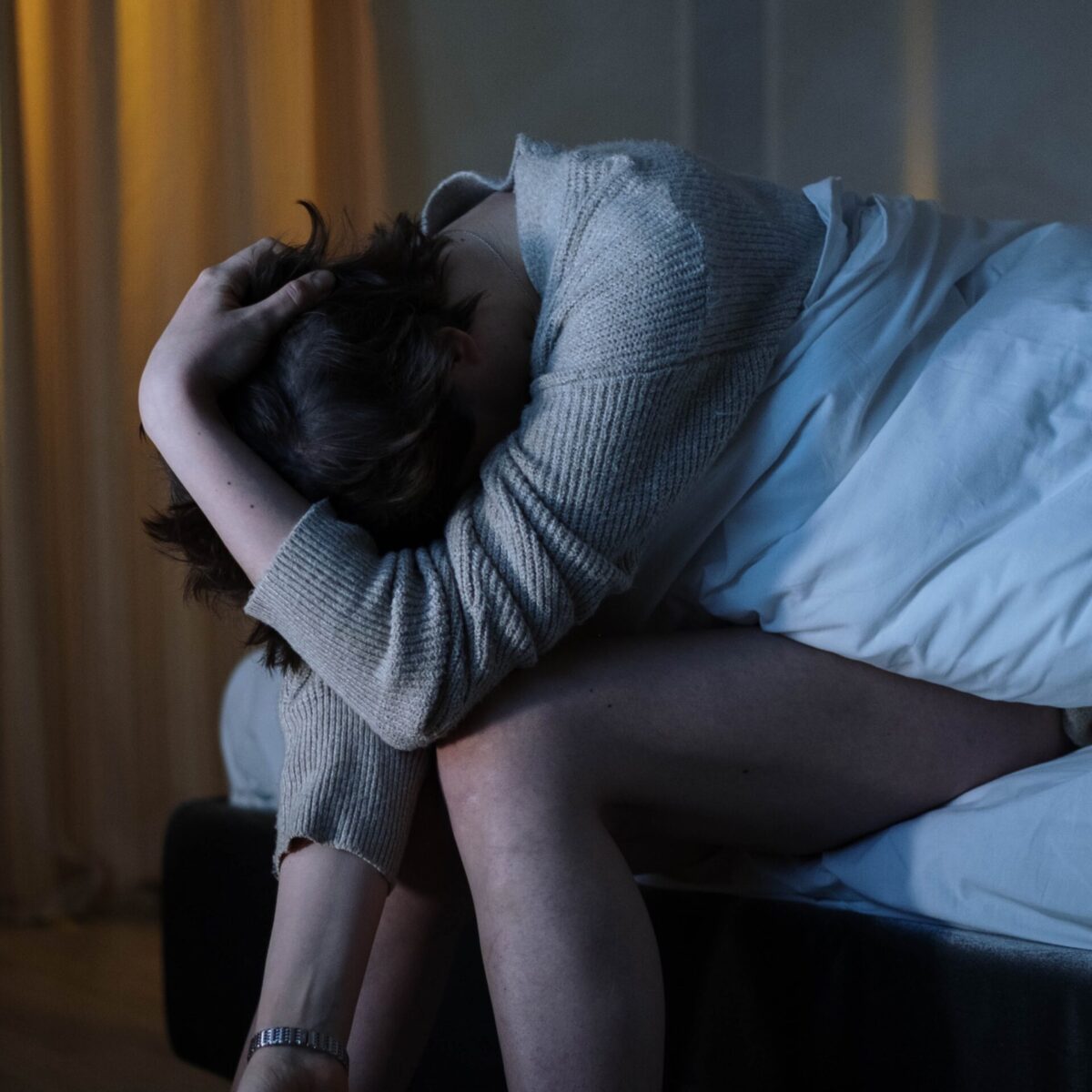How I Learned to Live with CLL—And Stop Letting It Control Me
Margie was diagnosed with a type of blood cancer that affects the bone marrow and blood. One day, she noticed a swollen lymph node she had never seen before. Doctors ordered a scan and biopsy of the lump. That’s when she got the news no one wanted to hear: she had a rare blood cancer called chronic lymphocytic leukemia, or CLL.
Interviewed by: Taylor Scheib
Edited by: Katrina Villareal
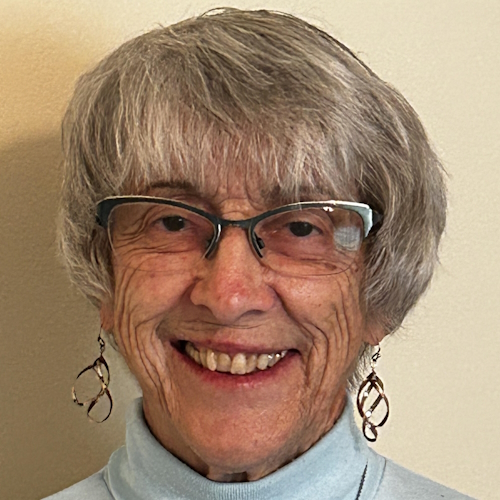
Margie’s diagnosis was a rare blood cancer, chronic lymphocytic leukemia (CLL). There’s no official cure but there are a lot of treatment options.
- Name: Margie H.
- Diagnosis:
- Chronic lymphocytic leukemia (CLL)
- Symptoms:
- Large lymph node in her neck
- Fatigue as the disease progressed
- Treatment:
- Targeted therapy
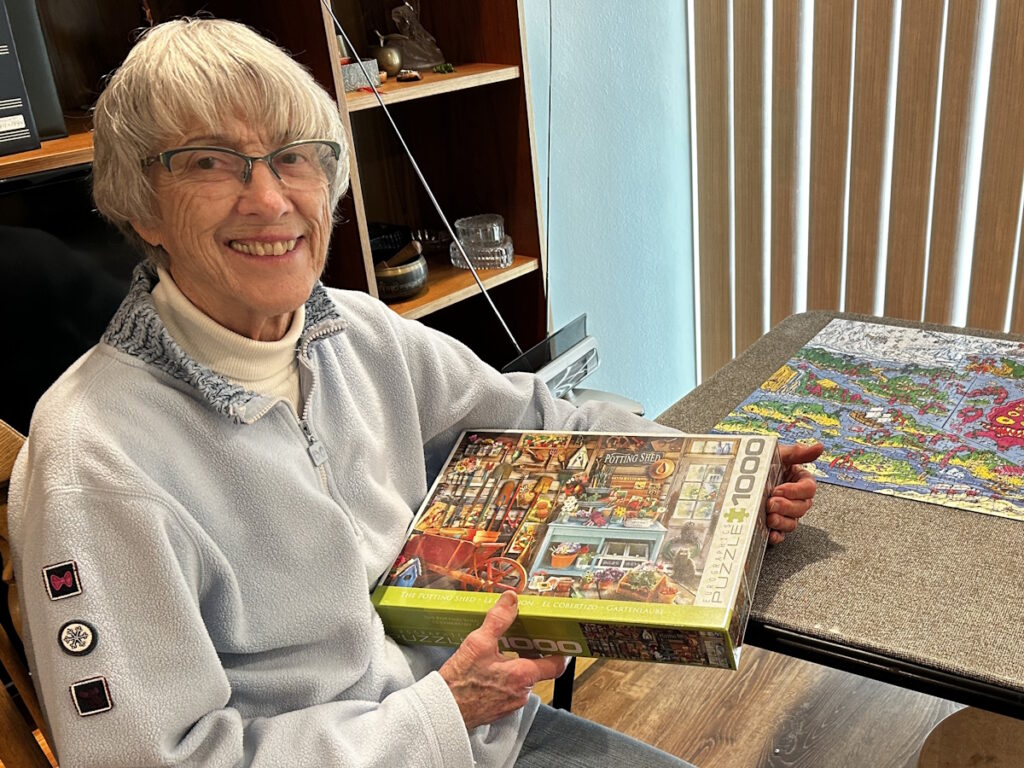

Thank you to AbbVie for supporting our patient education program. The Patient Story retains full editorial control over all content
It’s hard to tell your kids that you have cancer…
Introduction
I live in Southern California. I had a lymph node in my neck that was enlarged. I was diagnosed with chronic lymphocytic leukemia (CLL) in 2019. They gave it a little positive spin and told me that if I had to have cancer, it was the best kind to have.
How She Found Out She Had Cancer
I noticed a lump in my neck, so I went to my primary doctor. She didn’t know what it was, so she sent me for a CAT scan. I had a biopsy and that’s how it was diagnosed.
I didn’t have any other symptoms, so it was quite a shock. I’m relatively healthy, so to have someone say that I had cancer, I thought, “That can’t be,” but it was.
It’s very scary. One of the hardest things for me was telling my kids. It’s hard to tell your kids that you have cancer, but they were very supportive. I noticed the lump in September and was diagnosed in November, so it was very quick.
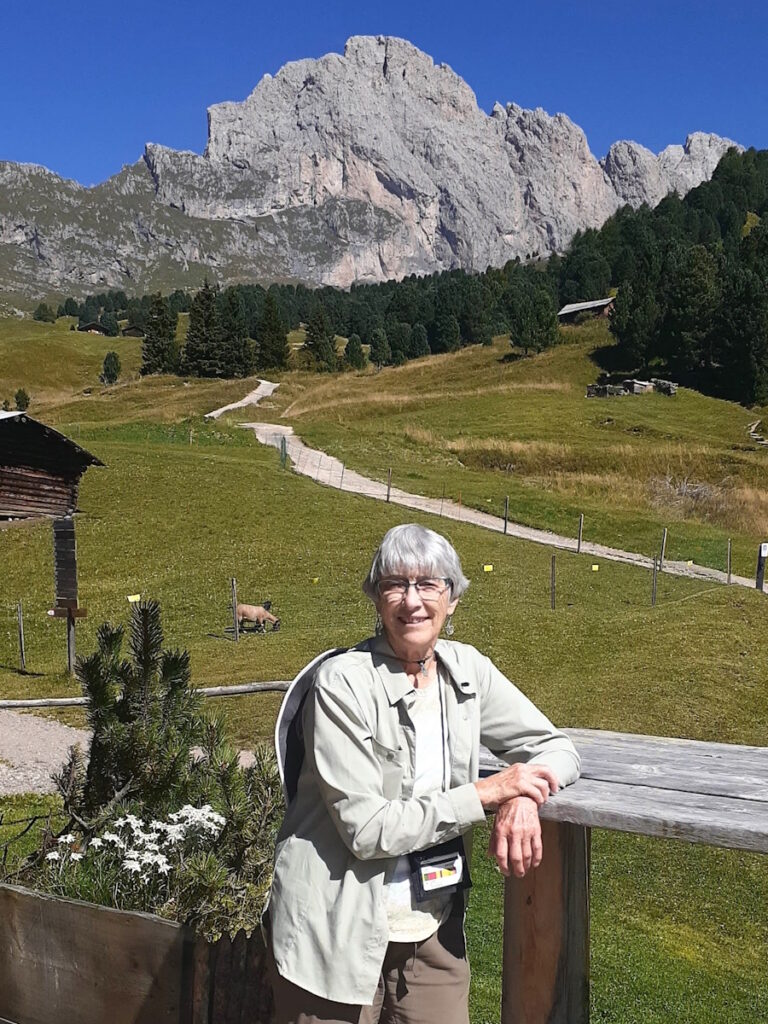
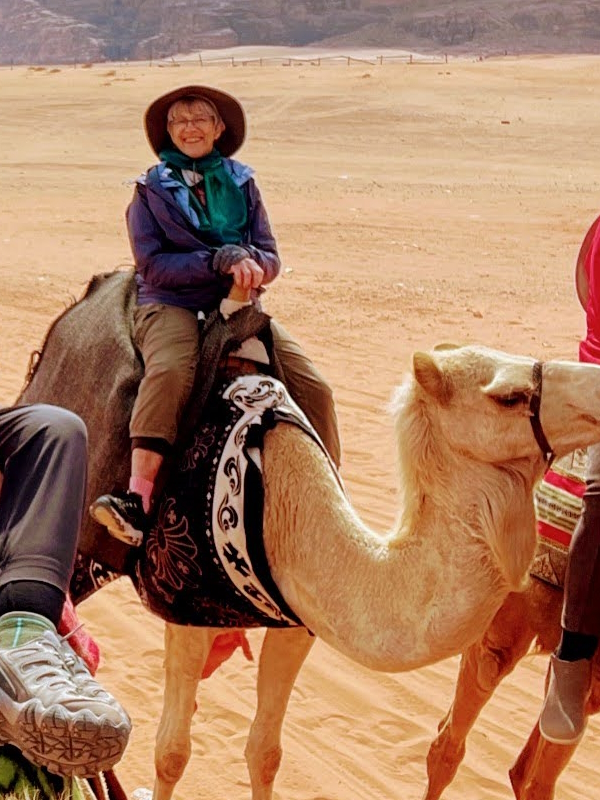
Finding the Right Doctor
Kaiser was willing to send my information for a second opinion. I ended up with the head of the department of chronic lymphocytic leukemia (CLL) at Dana-Farber Cancer Institute in Boston and I thought that was God’s doing. He was even involved in the research of the medication that I eventually took. Before he looked at my information, he said, “What’s your plan? What’s your goal? Do you want to have more life in your life or do you want to have a longer life?”
My daughter got a list of all the treatments and medications from a niece who’s a doctor. When I was with my family, we went through everything. We had a couple of nurses in the family, so we had some medical knowhow. Because I had high blood pressure and was taking blood thinners, we found all the ones that I was eligible for and talked about the side effects.
The specialist said, “I looked at everything. You need one more test and if you don’t have a mutation, then this is exactly what you should take. If you come out mutated, this is what you should take.” I took his report to my oncologist and that’s the way we went.
Because the side effects of the medication can be bad, they don’t want to start treatment until your symptoms are much more severe
Learning She Wouldn’t Get Treatment Right Away
I was on watch and wait. Some people call it watch and worry. Because the side effects of the medication can be bad, they don’t want to start treatment until your symptoms are much more severe, so I wasn’t treated until June 2021.
I came up with an idea during watch and wait. Think of it as boot camp. When you go to boot camp, they get you physically strong and when you’re physically strong, you do exercises to keep it that way. If you’re not, then you start.
Next, they teach you what you need to do if you have to go into battle, which is what you need to learn about chronic lymphocytic leukemia. The next thing they do is build a community around you. I didn’t recognize it at the time, but those were the steps I took. If a person would use watch and wait as a boot camp rather than as a time to worry, it would make a difference.
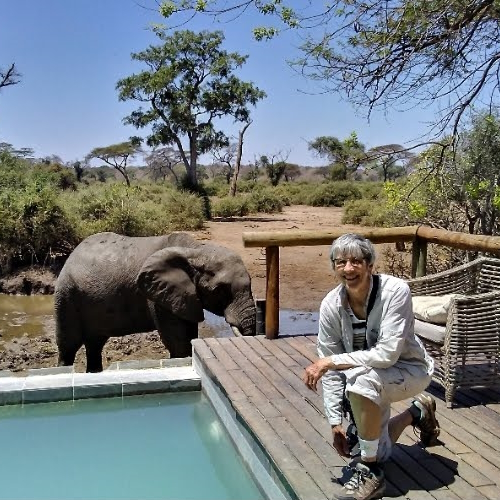
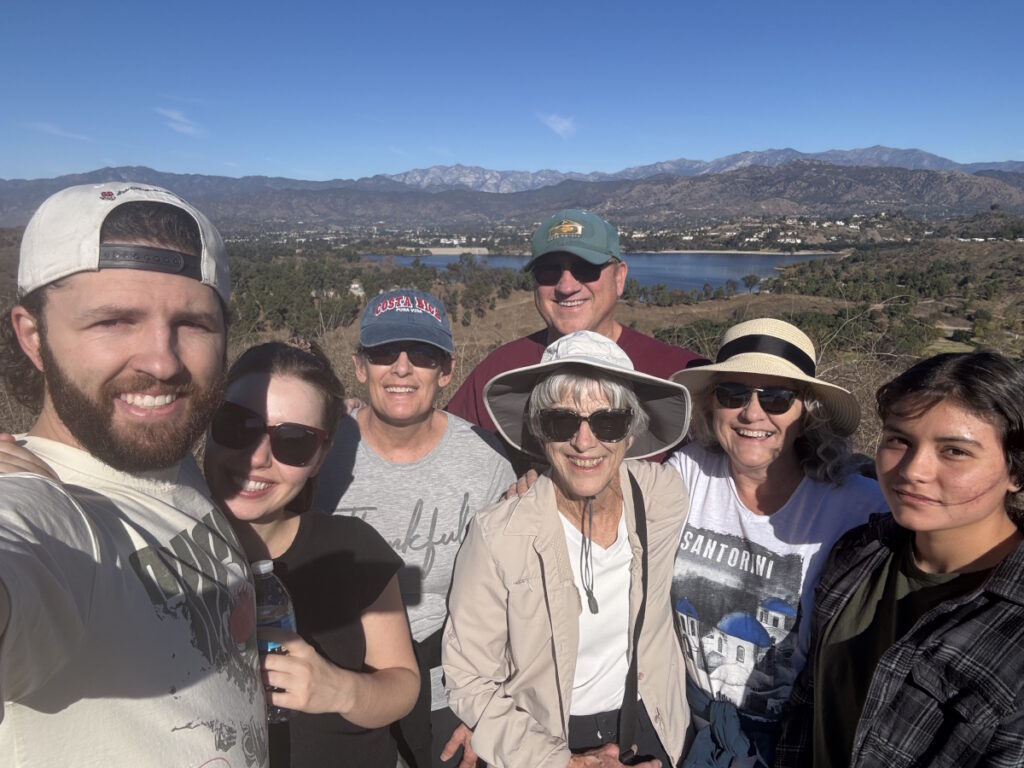
Noticing More Symptoms from the Cancer
After a year and a half, I developed more lymph nodes. A lot of them were on my stomach, so they were concerned about crowding the main organs. Other than that, they wouldn’t have started treatment.
You’re supposed to watch out for fatigue and night sweats. I didn’t have night sweats, but I experienced fatigue by early spring of 2021. I measured how I was doing by how I fared when I hiked. If I could still hike as far as I could or as fast as I could, if I could get up the hill, then I was still okay. However, I noticed a difference in late spring that year.
We had a family meeting after my grandson’s wedding and we decided that I should do the targeted, time-limited medication.
Fatigue was the only thing that I felt that made a difference. Eventually, I told a couple of my hiking friends. I also put in a prayer request at church, so my church family knew.
I see myself as a strong person. When something happens to you, you think that will diminish your strength and people will start looking at you differently because you aren’t as strong as you thought you were.
There are several types of treatments. I didn’t qualify for some because I’m taking blood pressure medication and blood thinners. There’s time-limited therapy and medication that you’re on for life or until it quits working and then they put you on a different one. We had a family meeting after my grandson’s wedding and we decided that I should do the targeted, time-limited medication.
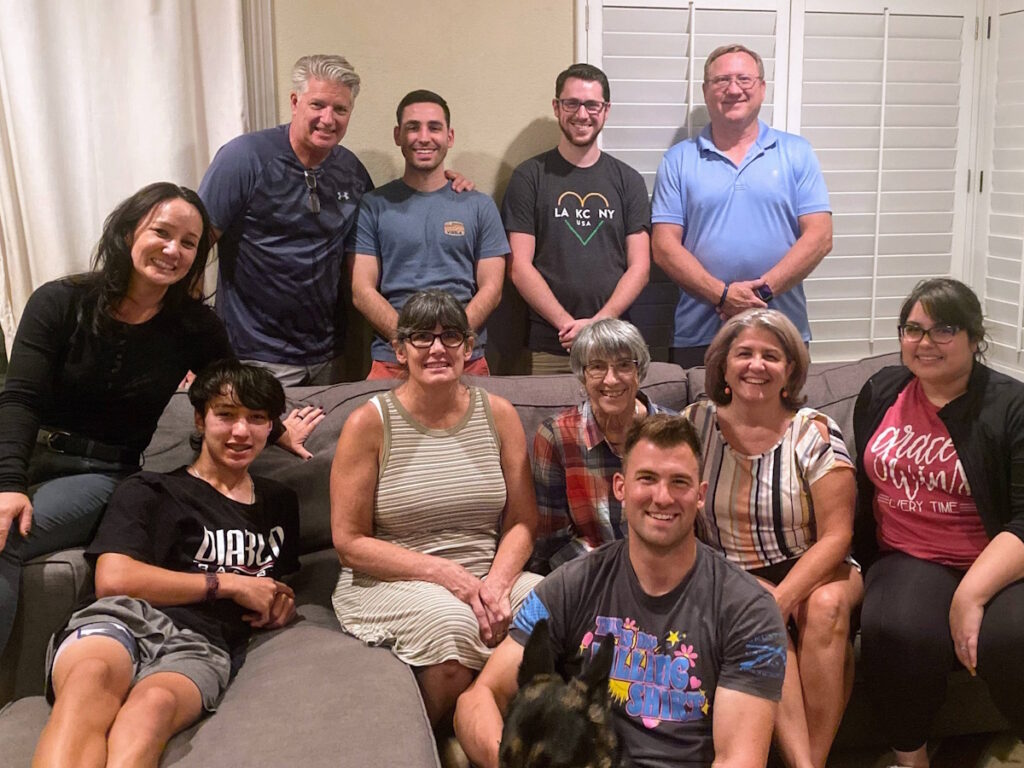
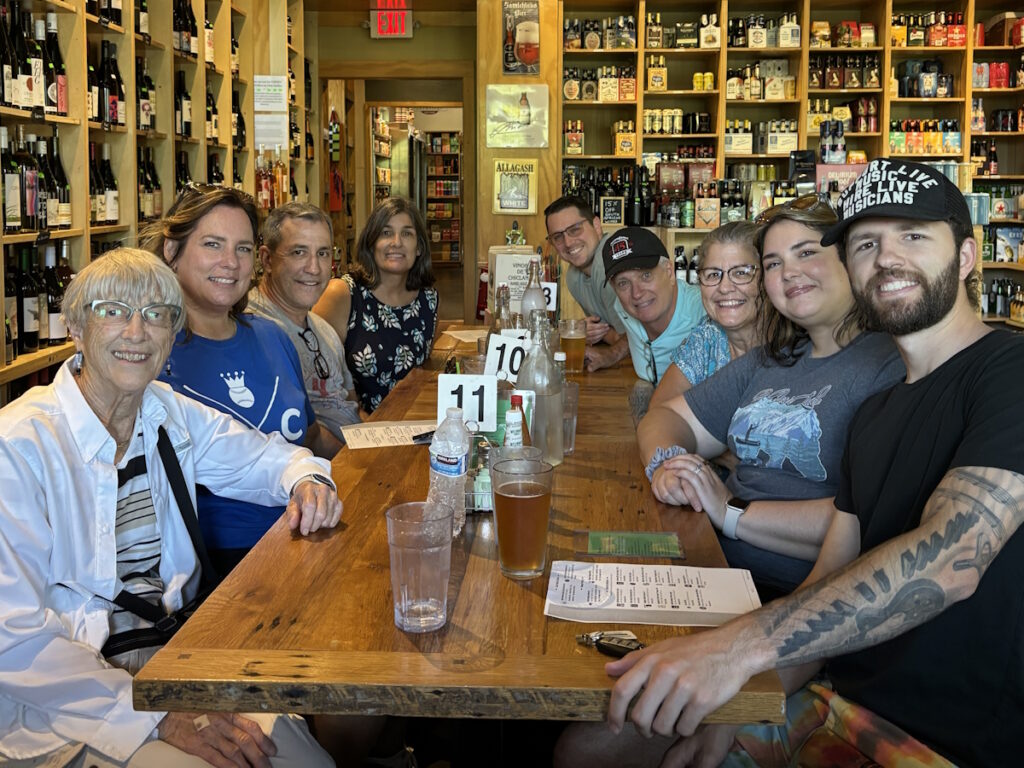
Her Treatment Experience
I was a textbook case. It was fantastic. I had no side effects. I had six infusions in the beginning. One month after I started my infusions, I started my oral medication.
There are serious side effects to the oral medication. Tumor lysis syndrome is very dangerous. It can affect your kidneys. They put you in the hospital for the oral medication. I was in the hospital for three days as they put me on step-up dosing. It couldn’t have gone more perfect, so I’m very blessed.
Why worry about the things that we can’t change? If it comes back, I’ll be treated again.
Being Off-Treatment
I have blood tests every three months and see the oncologist every six months. I have no symptoms. Everything’s good. I couldn’t ask for anything better.
I don’t even think about it anymore. Before treatment, it used to be like having a time bomb that you’re waiting to go off. But since I’ve had treatment, I rarely even think about it — only when I have my blood test or oncologist appointment. I’m a very positive person.
I listen to a Christian radio station in my car and I heard something that said, “Change the things you can and adjust your attitude to the things you can’t.” Why worry about the things that we can’t change? If my chronic lymphocytic leukemia comes back, I’ll be treated again. It’s likely to come back. I’m not cured. I’m in remission or what they call undetectable minimal residual disease (uMRD).
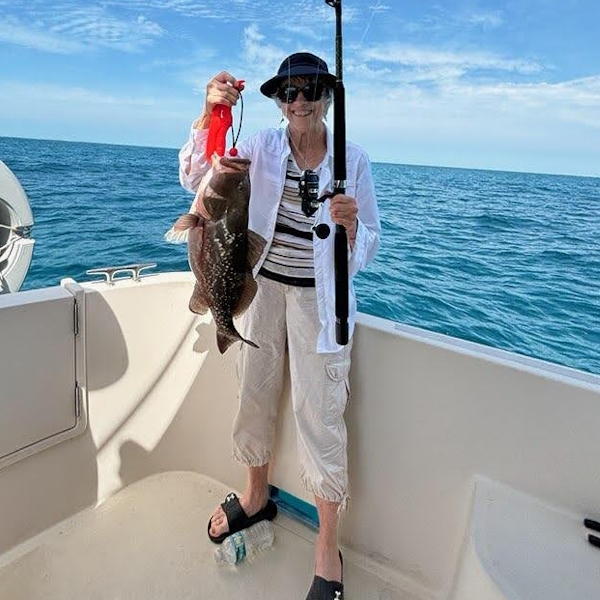
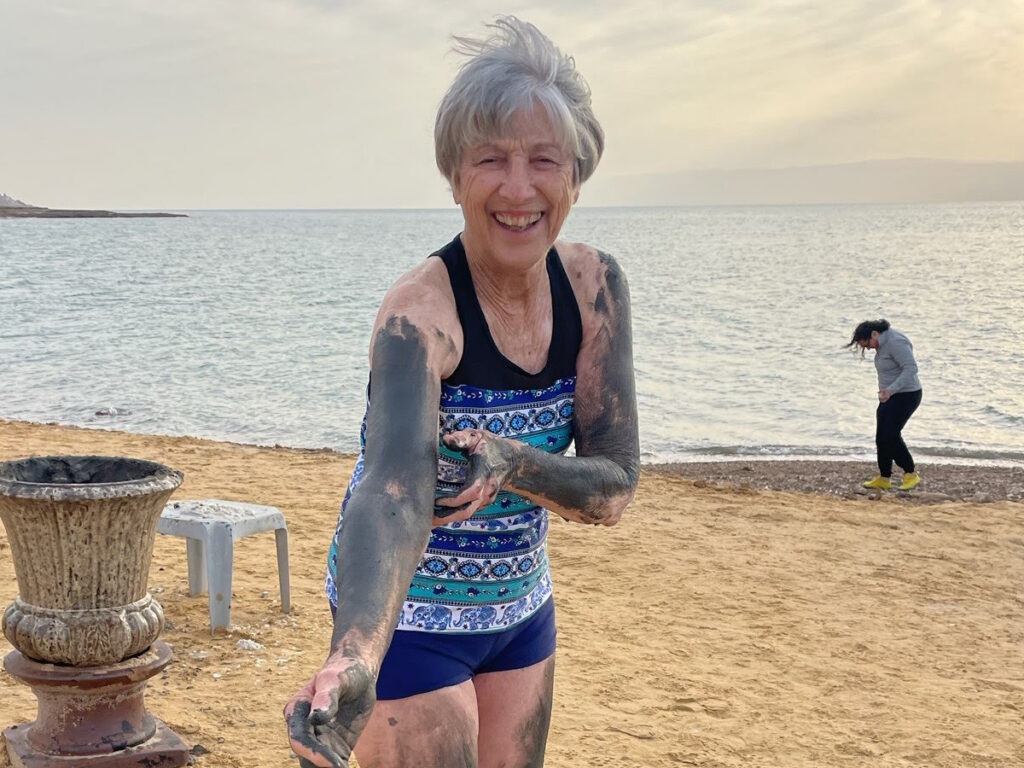
Words of Advice
CLL isn’t a death sentence. Be your own advocate. Go and find the information. I know there are other sources, but HealthUnlocked was so fantastic for me. Build a good support system.
I want people to be encouraged and not discouraged. There are so many diseases out there that are so much worse than what I have and what I went through. We have to count our blessings when we can.

Special thanks again to AbbVie for supporting our independent patient education content. The Patient Story retains full editorial control.

Inspired by Margie's story?
Share your story, too!
More Chronic Lymphocytic Leukemia (CLL) Stories
Serena V., Chronic Lymphocytic Leukemia (CLL)
Symptoms: Night sweats, extreme fatigue, severe leg cramps, ovarian cramps, appearance of knots on body, hormonal acne
Treatment: Surgery (lymphadenectomy)
Margie H., Chronic Lymphocytic Leukemia
Symptoms: Large lymph node in her neck, fatigue as the disease progressed
Treatment: Targeted therapy
Nicole B., Chronic Lymphocytic Leukemia
Symptoms: Extreme fatigue, night sweats, lumps on neck, rash, shortness of breath
Treatments: BCL-2 inhibitor, monoclonal antibody
Symptoms of CLL
Learn about how some of the common CLL symptoms first present themselves from patients who have been diagnosed with CLL.
